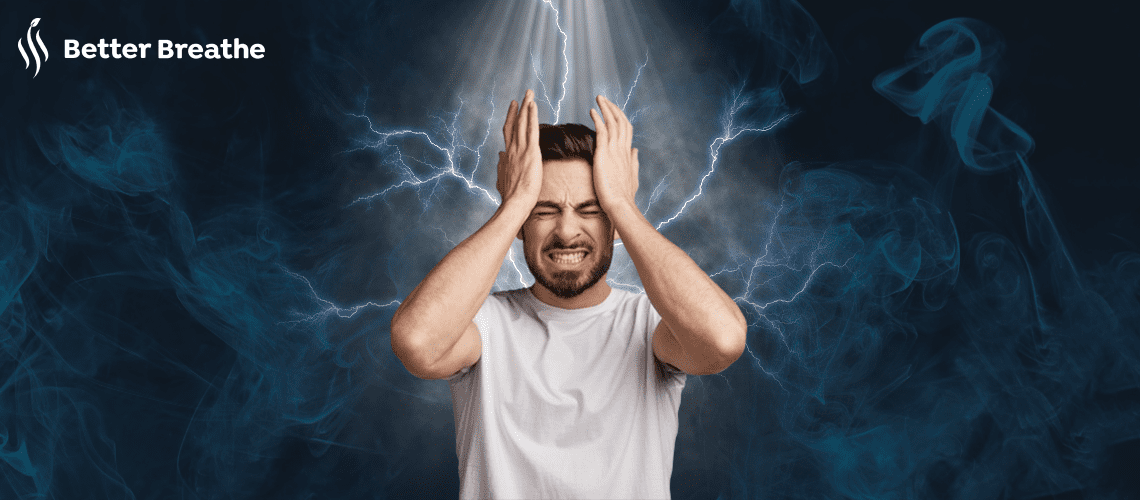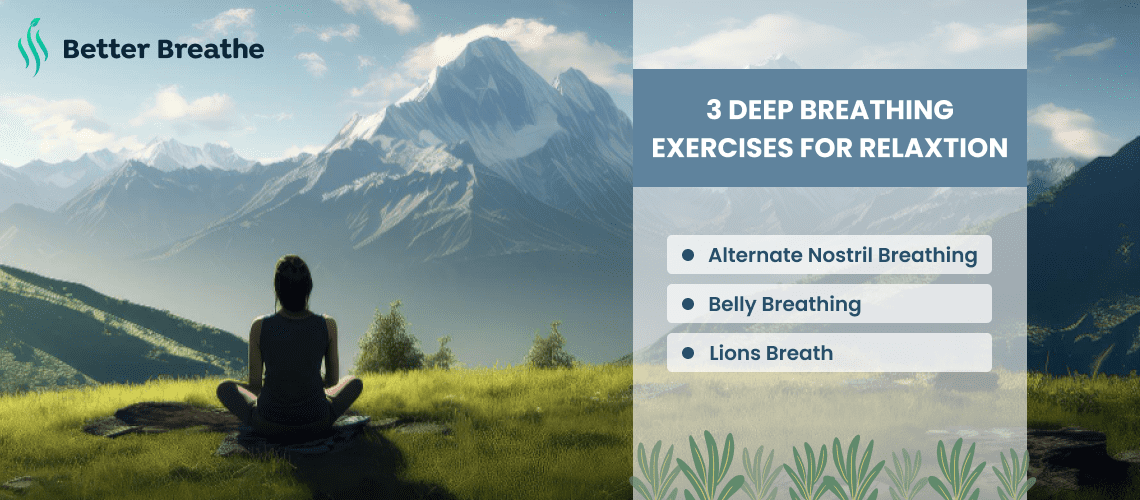
People who are having Anxiety attacks tend to breathe faster and shallower from their chest. This pattern can disrupt the levels of oxygen and carbon dioxide that are normally kept in balance during breathing. Breathing Exercise helps people cope with stress and avoid panic attacks because breathing is automatic and spontaneous it is a unique way to relieve anxiety. We breathe unconsciously but the way we breathe can be manipulated or regulated.
Relaxing the mind and reducing anxiety can be achieved with breathing exercises, a natural, simple, and powerful tool. The focus on our breath activates the body's relaxation response, lowering stress levels, and promoting a sense of well-being. Exercises like these can be practiced anywhere and anytime, providing immediate relief from anxiety symptoms.
This article explores a variety of breathing exercises that are specifically designed to reduce anxiety. Whether you suffer from occasional stress or chronic anxiety, these exercises can help you regain control and find peace. Learn how to achieve a calmer, more balanced state of mind by incorporating these anxiety removal breathing exercises.

Anxiety is usually an emotion that comes and goes but does not interfere with daily life. With anxiety disorders, the feeling of fear can be with you all the time. It can be intense and debilitating at times. This kind of anxiety prevents the ease of Daily Activities. For example, you may not be able to take the elevator, cross the street, or in extreme cases even leave the house. If left untreated, the fear will only get worse.
Occasional anxiety is normal, but it can quickly get out of control and interfere with daily lifestyle. It can lead to deep-rooted thoughts of being insufficient or cannot achieve certain goals. You can even avoid people and situations that are beneficial to escape unpleasant thoughts and feelings. If left untreated, it can lead to anxiety over time. Common anxiety disorders include
According to the National Institute for Stress, practicing Belly Breathing, also known as abdominal breathing or diaphragmatic breathing, for 20 to 30 minutes a day can help reduce stress and anxiety. To perform this exercise
With benefits such as Stress Release and lack of Sleep deduction, this breathing exercise also improves immunity and helps to Energize your body throughout the day. Apps such as Breathing Zone, Calm, Prana Breath- Calm and Meditate, and iBreathe specialize in this sort of breathing technique and provide expert-analyzed exercises that focus on breath control.

Alternating nostril Breathing (Nadi Shodhana) involves closing one nostril at a time and breathing through the other alternating nostrils in a regular pattern. It is best to practice this type of anti-anxiety breathing while sitting to maintain posture.
A form of yoga Pranayam includes several breathing variations that can help Reduce Anxiety. Some of these are prolonged exhalation and breathing and lion's breath.
Relax - Stress and Anxiety Relief, Kardia Deep Breathing, and Breathwork are some apps that are particularly designed to provide you with instructions on different types of breathing techniques and build Focus with soothing music and defined visuals to master those exercises with ease.
You may not have noticed, but anxiety is distressing your daily life. Indirectly your life decisions are changed according to them. All negativity, especially this one, can be dealt with easily if one controls their breath. Breathing techniques are the keys to being in control of your breathing. Being aware is one thing, but implementing these techniques as mentioned above can bring ecstasy to your life. These techniques are not that complex and one can find them simply by downloading an effective mobile application. For an app that can provide you with guided sessions to help you learn them and keep your health status checked, you can choose Better Breathing which you can find in the Google Play Store or App Store.